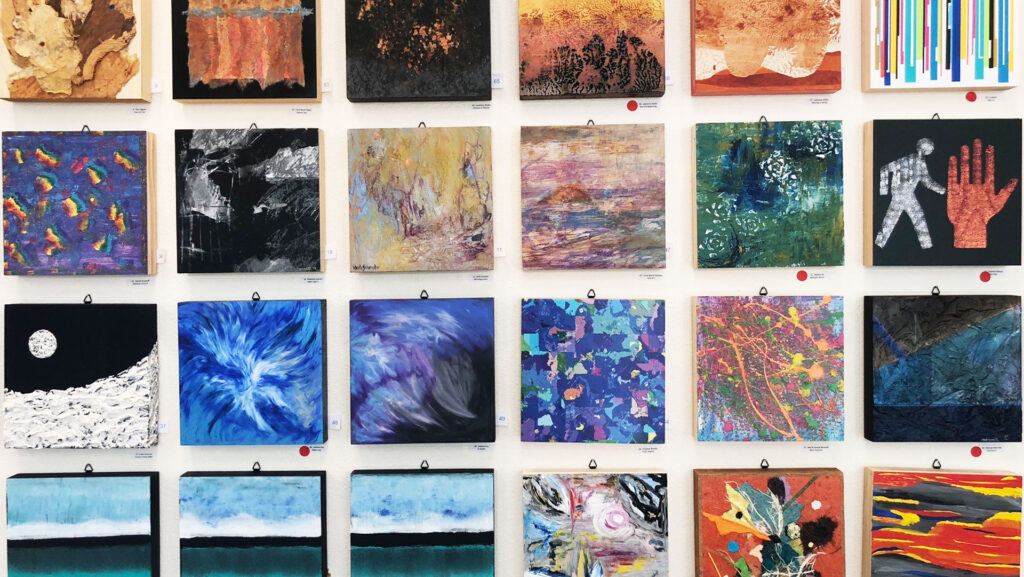To celebrate the conclusion of this year’s 4th Annual ArtSEE Event, we’re honoring artists who have suffered from vision loss, be it cataracts or other eye ailments, that inhibited their artistic abilities. If you’re a local to the Santa Barbara area and an art lover, be sure to stop by our ArtSEE Closing Reception tonight, Tuesday, August 7th from 5PM to 7PM at the Jewish Federation’s Bronfman Family Jewish Community Center.
What Vision Means to the Artist
When we talk about artistic vision, we usually mean an artist’s metaphorical perspective or genius that allows them to create something that transcends the ordinary. We rarely, if ever, discuss the artist’s actual vision – their physical ability to see. Why not? Being able to physically see their work is an important part of how an artist brings his or her concept into reality. Many artists we admire have suffered vision loss, impairment, and even total blindness that has impeded both their actual and artistic vision.
Georgia O’Keeffe, the “Mother of American Modernism,” was known for her abstract style of landscapes and botanical paintings. Her struggle with macular degeneration in her elder years pushed her away from her favorite medium of oil-based paints. In response, O’Keeffe expanded her artistic interests with other mediums. She continued to work in clay, watercolors, charcoal, and graphite until she was 97.
Other artists, like Edgar Degas, dealt with other eye conditions that impacted their lives much earlier in their artistic careers. Degas was a French painter, engraver, and sculptor best remembered for his paintings of dancing figures. He began to suffer from what we would now call retinopathy around the age of 36. This, in combination with macular degeneration, caused Degas to lose his sight, which forced him to work in other mediums that required less precision.
While artists like O’Keeffe and Degas shifted to work in other mediums, other artists refused to shift their artistic vision to accommodate their physical vision loss. This is true for French Impressionist leader Claude Monet, who was greatly impacted by cataracts throughout his career. Though many now agree that Monet produced some of his most revered works while he struggled with his vision loss, Monet felt his body was betraying him. Monet underwent two cataract surgeries to correct his sight, neither of which provided the results he desired.
Humanity has made great strides in eye care and medicine in the years since these artists struggled with their vision loss. SEE is dedicated to helping those struggling with vision problems around the world, so that they too can draw inspiration from all the beauty this world has to offer. Who knows? With your help, maybe we can save the sight of the next Georgia O’Keeffe or Claude Monet.






